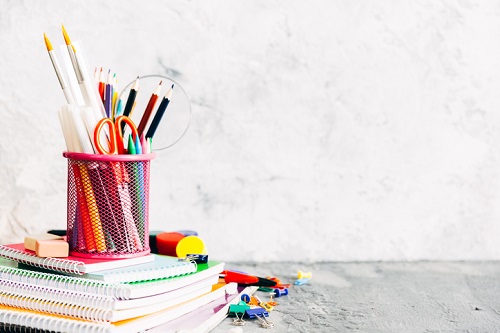
Studies show that many teachers are spending their own money on needy children, pencils and books at cash-strapped schools – but should they have to?
In Britain, a recent education union survey shows that more than half of school support staff report having to bring toilet paper, plasters, wipes and first aid necessities for their poorly funded schools.
According to a study by the Association of School and College Leaders (ASCL), 24% of school leaders say they expect the need for voluntary contributions from parents in order to keep funding mainstream activities.
In a nationwide survey of union members, more than 4,600 school support staff responded to the question: “Have you felt obliged to spend your own money on things for the children (food, toilet paper, brought resources from home etc)?”
Educators forking out for students’ school supplies is also common in Australia, where a survey last year revealed that 92% of teachers spend their own money – in some cases more than $1,000 per year – on essential classroom materials such as exercise books, pens and scissors.
Miranda Public School principal, Glen Carter, told The Educator that when he posed the question to staff at his school, the response was almost unanimous.
“I asked quite a few of my staff the question: ‘Should teachers and principals pay for basic resources?’ The response was a resounding ‘No’,” Carter said, adding that as they listed the different items that they've purchased to support their students, their question in reply was: ‘What defines a basic resource?’
“I think public schools have been so under resourced for so long, that, as caring educators who want to provide the best resources for their students, we have just gotten into the habit of buying things out of our own pocket.”
Carter likened the situation to “ambulance officers or nurses paying for medical supplies”, or “librarians having to personally supply their library’s own books”.
In the United States, the reason that many educators fork out for basic school supplies is that their schools are underfunded by the districts that employ them.
In a survey by Scholastic, an educational publishing and media company, principals were found to have spent an average of $683 of their own money, while teachers spent $530 – and teachers in high-poverty schools spent nearly 40% more than that.
Rachel Fielhauer, a fifth-grade teacher in Ohio, told NPR she spends as much as $1,000 a year on her students. The US Government gives educators a $250 tax deduction for their trouble, but Fielhauer said this is often not enough.
“The tax write-off is nice to acknowledge what educators spend, but I will keep spending as it is what my students need,” Fielhauer said.


